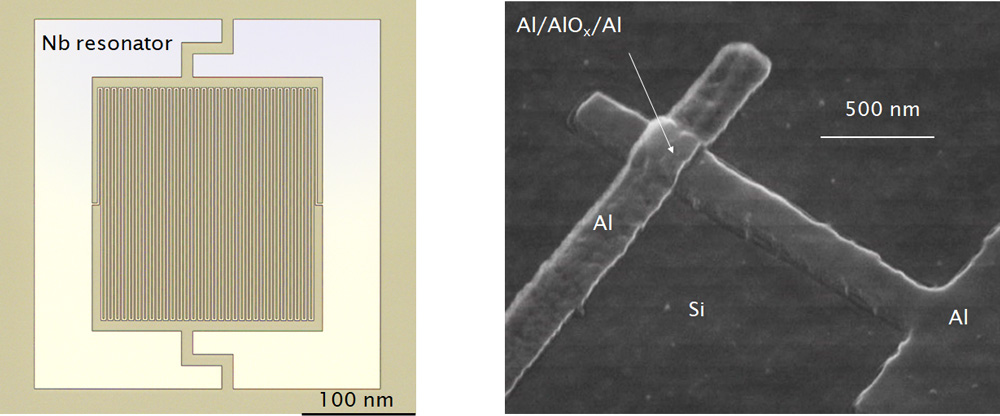ED-5-2-INV
Loss characterization for large-scale superconducting device implementation
14:00-14:30 29/11/2023
*Jeroen Verjauw
Current occupation: IQM Germany GmbH Nymphenburger Str. 86 80335 München Germany
Previous occupation (PhD): Interuniversity Microelectronics Centre (IMEC) Kapeldreef 75 3001 Leuven Belgium
Humanity is currently laying the foundations for the so-called Second Quantum Revolution, which will revolutionize the way we approach computation, secure communication networks, and sensitive sensors, to name a few. Quantum computing holds the promise to solve problems that would otherwise be too complex for classical computers to solve. Superconducting qubits have emerged as the leading candidate to create a scalable quantum computing platform. They have been the platform of choice to implement quantum algorithms that have become increasingly complex over the years, and even enabled the demonstration of quantum advantage [1,2]. This inevitably means that the design and fabrication become increasingly complex with a growing number of qubits on-chip, which imposes tighter constraints on the design parameters. In addition, losses in superconducting circuits inherently limit the operation of qubits, as they interfere with the fragile quantum states during computations. To advance superconducting qubits beyond their current state-of-the-art implementation, both losses and fabrication-induced parameter variability must be reduced. A dominant contribution to loss in several state-of-the-art superconducting device implementations has been linked to fabrication-induced defects and contaminations, and to native oxides that grow immediately after the samples are exposed to ambient air. Variability on the other hand can largely be attributed to the lack of adequate process control when fabricating state-of-the-art superconducting qubits. Therefore, material selection and device processing play a crucial role in improving device yield, mitigating losses, and enabling large-scale device integration. To this end, industry-scale CMOS fabrication methods are of particular interest. These processing techniques allow one to benefit from advanced process control during device manufacturing in industry-scale CMOS fabrication facilities, which in turn hold the promise to improve device quality and reduce parameter variability.
Here, we study the impact of several manufacturable process techniques on device performance. We measure dielectric loss in niobium resonators and aluminum qubits at deep cryogenic temperatures and complement these results both with electromagnetic simulations and material characterization techniques. We characterize the reappearance of losses in Nb resonators by measuring quality factors. By combining these results with simulations and a complementary oxide thickness study, we can quantify the niobium oxide loss and investigate the time-dependent behavior of the losses in the system. The considered fabrication of the superconducting aluminum qubits on the other hand enables us to evaluate their manufacturability and performance, while material characterization allows us to look into the interface morphology and atomic composition of the device. The findings presented provide us with new insights that will guide device design and fabrication, as understanding and mitigating sources of loss and variation in superconducting devices is key to developing more advanced large-scale circuits necessary to implement fully functional quantum algorithms with error-correction schemes.
[1] Kim, Y., Eddins, A., Anand, S. et al. Evidence for the utility of quantum computing before fault tolerance. Nature 618, 500–505 (2023). https://doi.org/10.1038/s41586-023-06096-3
[2] Google Quantum AI and Collaborators, Dynamics of magnetization at infinite temperature in a Heisenberg spin chain ArXiv:2306.09333 [quant-ph]
We gratefully thank the imec P-line; operational support; and Paola Favia, Hugo Bender, and Chris Drijbooms for metrology support. This work was supported by the imec Industrial Affiliation Program on Quantum Computing.
